The Untold Story of Hands, Paint and Little Artists: Why It’s All Worth It

I hear the sound of Zion’s walker rolling across the wood floor, followed by squeals of delight coming from my studio. We drop everything and dash over, fully aware of what’s unfolding. We arrive just in time to see Zion, hands full of oil paint, eyes filled with fascination and wonder. He’s about to sample a mouthful when Dimitra intervenes, grabbing his wrists moments before he has a face full of paint. She pulls him from his walker, and we begin the tried-and-true oil paint extraction ritual.
John and I are seasoned pros, able to remove oil paint from anything—dog fur, dog paws, hands, feet, shoes, clothes, sweaters, rugs, floors, kittens, dachshund ears, goat whiskers, and even chicken beaks. John’s go-to toolkit for these occasions is always nearby. He starts with Go-jo cloths for the initial clean-up, followed by peeling of clothes and a repeated regimen of dish soap, rinse, and citrus cleaner. Finally, a squeaky-clean baby.
Three Decades of “Hands in Paint”

I find myself nostalgic, recalling that hands or paws in paint have been a recurring theme for the last 30 years. It started with our mischievous dachshund George, whose favorite food group was art supplies. His bathroom breaks were like archaeological digs, unearthing long-lost studio treasures, from erasers to pastels, evidenced by rainbow-colored droppings. This was mere training for our four children, each starring in their own episode of “Hands in Paint.”
Teaching Art to Kids: a Journey of Love and Anxiety
In the following years, John and I taught art at our kids' school every Friday. John loved it and was in his element - a kid at heart, a young soul playing and exploring with the children, unfolding possibilities while creating in the wondrous world of colorful paint. I, on the other hand, would begin with a demonstration peppered with caution and warnings about the dangers of paint on hands, clothes, shoes, and floors. I offered a plethora of tips and tricks for staying neat and clean, and I hoped they were listening.
After the demo, I'd stand back and watch the children as they painted, primarily keeping an eye out for the inevitable spill or the mischievous artist who'd prefer to paint their friend rather than the canvas or board we had provided. Every Thursday night, I'd have a pit in my stomach before our Friday classes started, and I partially dreaded going. Privately, I told myself I didn't enjoy teaching children art and wasn't cut out for it. I knew the kids didn’t like me anyway and only liked art classes because of John. I felt obligated to teach, accompanied by guilt and hypocrisy. With all my heart I wanted an art movement to sweep the earth, yet I was unwilling to teach children art.
Weekly Art Classes for Little Artists
Once we opened The Milan Art Institute, a friend who ran a large homeschool group asked if we would offer classes for kids. Ignoring the nauseating churn in my stomach and the bead of sweat trickling down my temple, I said yes. We taught between 20 to 30 homeschoolers at a time, often running as many as three back-to-back classes every Wednesday. Most nights, I dreamt of children covered in paint, tracking it everywhere, and screaming like little wild savages while I attempted to explain the value scale to them.
Each Wednesday, the pressure escalated as the moms of these homeschoolers sat in chairs on the opposite side of the studio. They chatted about the newest curriculum they were trying and who had tickets to the upcoming homeschool conference. Though we advised them to wear smocks or clothes they didn’t care about, I still anxiously awaited the moment when some 8-year-old would get paint in their eyes. I could almost see a homeschooling mom rushing over, her two-year-old on her hip, in a panic that her child would go blind.
My Relationship With Mess: A Childhood Memory
I realized that the root of my anxiety about teaching kids stemmed from the inevitable "mess" that would occur. As a kid, my dad was a fanatic about cleanliness in the house. Tracking mud inside from my shoes was the gravest of all sins—I can't even fathom what he'd say about paint! I'm pretty sure paint was never allowed, because playdough wasn’t. The only time I got to touch playdough was at my friend's house next door. My mom bought me coloring books that had little dots of watercolor within each little shape. All I had to do to "paint" was activate the watercolor with a wet brush.
I loved those books and was delighted to watch the colors come to life and become vibrant and rich. Crayons were constantly on the verge of being outlawed, especially after they'd go through the wash and ruin my dad's shirts. Some adults I taught were messier than the children, but that didn’t carry the same level of anxiety for me.
The Epic Paint Party at The Children’s Art Fair

One of my most challenging moments in the ongoing saga of "Hands in Paint" was a huge Children's Art Fair we hosted at our studio, attracting over 200 people. Kids of all ages roamed freely, enjoying activities both inside and outside our studio.
Outdoors, we offered pony rides on Grandma's horse, Rosey, and allowed children to paint Dimitra's white Paso Fino, Carmela, with non-toxic tempera finger paint. Our three goats and 12 chickens roamed around enjoying the antics and all the activity. Inside, we set up various fun creative stations exposing the kids to non-toxic spray paint, fluorescent paint, inks, stencils, and other mixed-media materials.
At the peak of the day's chaos, a young boy accidentally spray-painted his face black and screamed in horror while spitting and trying to find his mom. Meanwhile, someone ignored the sign we had on the door, leaving it open and providing just enough space for our naughtiest goat, Frieda, to burst in. She leaped onto tables, knocking over liquid supplies and chewing up the children's artwork, as kids screamed. It took three of us to corral her in a corner and escort her back outside. It was three hours of paint mayhem.
Most of the people loved the experience and were thrilled the mess was at someone else’s place instead of their house. They were thankful for the stories to tell and the free art experience for their children.
The Next Generation: Why Teaching Kids Was Worth It

Eventually, John took over the homeschool classes, and we hired one of our advanced students to lead our youth art program for teenagers. I never became comfortable with teaching children, nor did I find the same joy in it as I did teaching adults, but I paid my dues. I gave it my all and genuinely tried my best.
It wasn't until much later that I realized how truly worthwhile it was. Every slop of acrylic, spilled jar of solvent, clump of modeling paste in hair, or dropped bucket of gloss gel was worth it. Now, I see a whole generation of kids who have grown into young adults and become artists, many of them professionals. I see confidence, self-acceptance, generosity, and poetry, all born from their encounters with paint. I don’t know if my four children would be artists today if it weren’t for the school and all the “hands in paint” experiences we lived through.
Now a new generation is emerging. They are just learning to crawl. They see the bright colors of paint and curiosity bursts forth. They have to touch it, feel it, and know what it's like to have it slide between their fingers. These are artists in the making, the ones who will change the world.
Do you have a “hands in paint” story to share from your own family or teaching experiences?


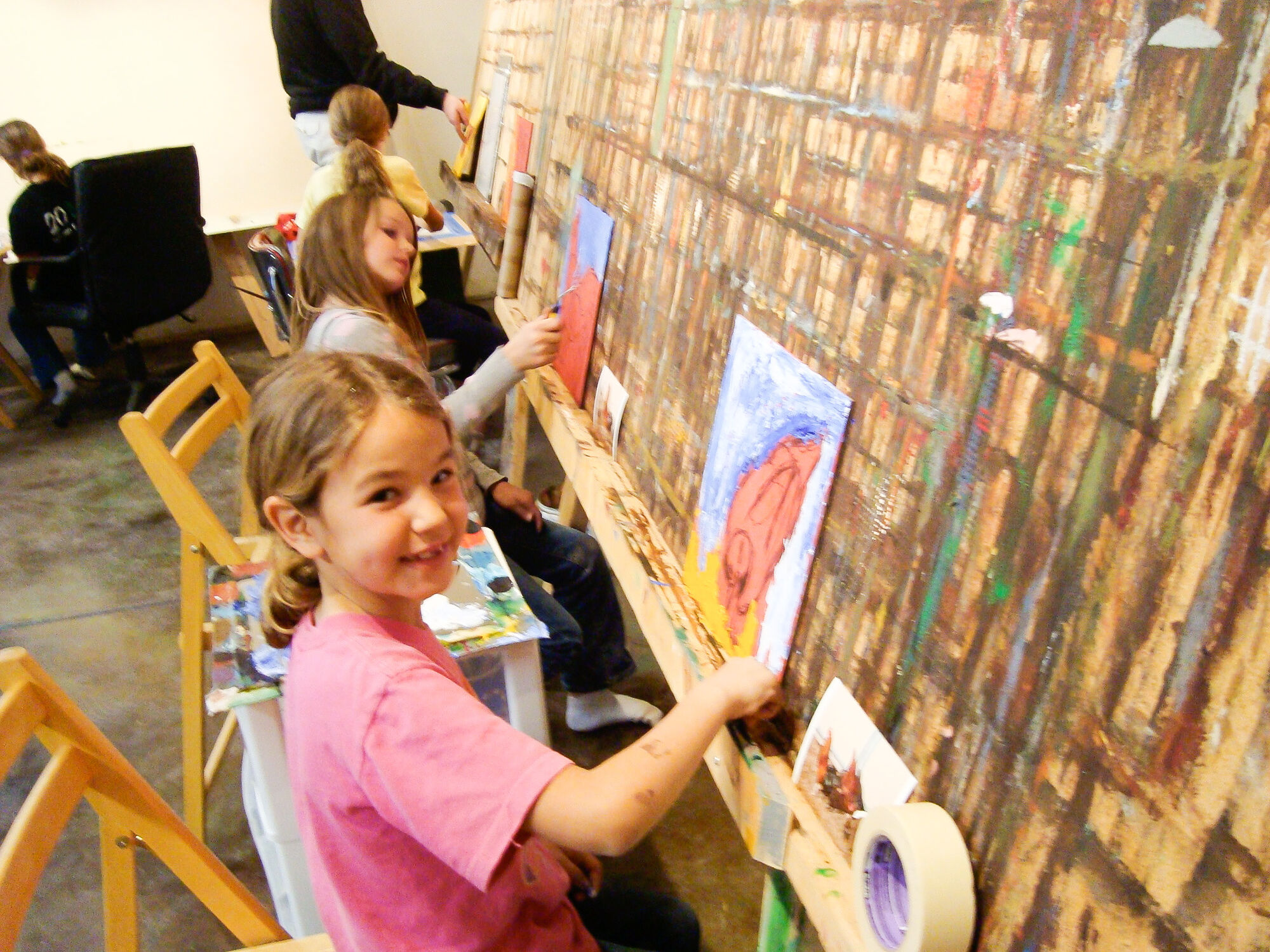
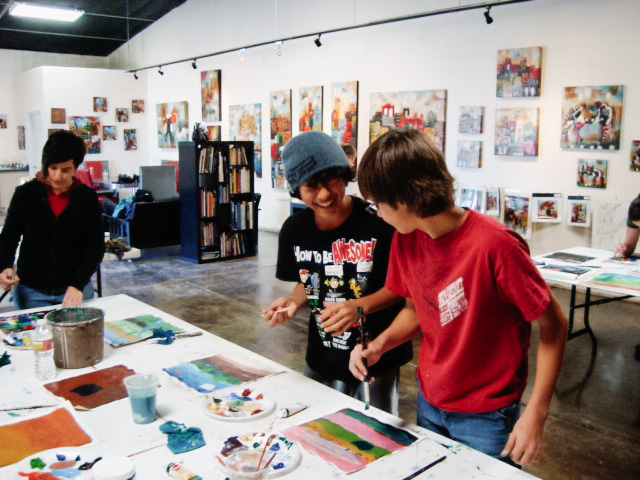
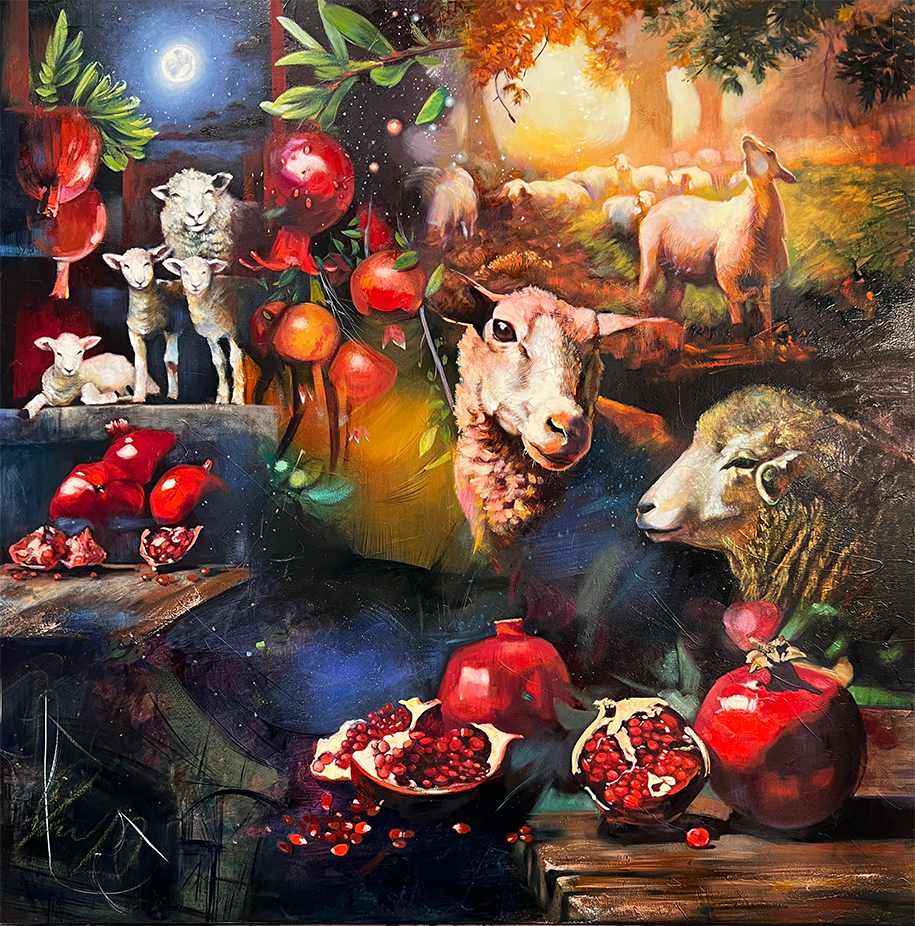


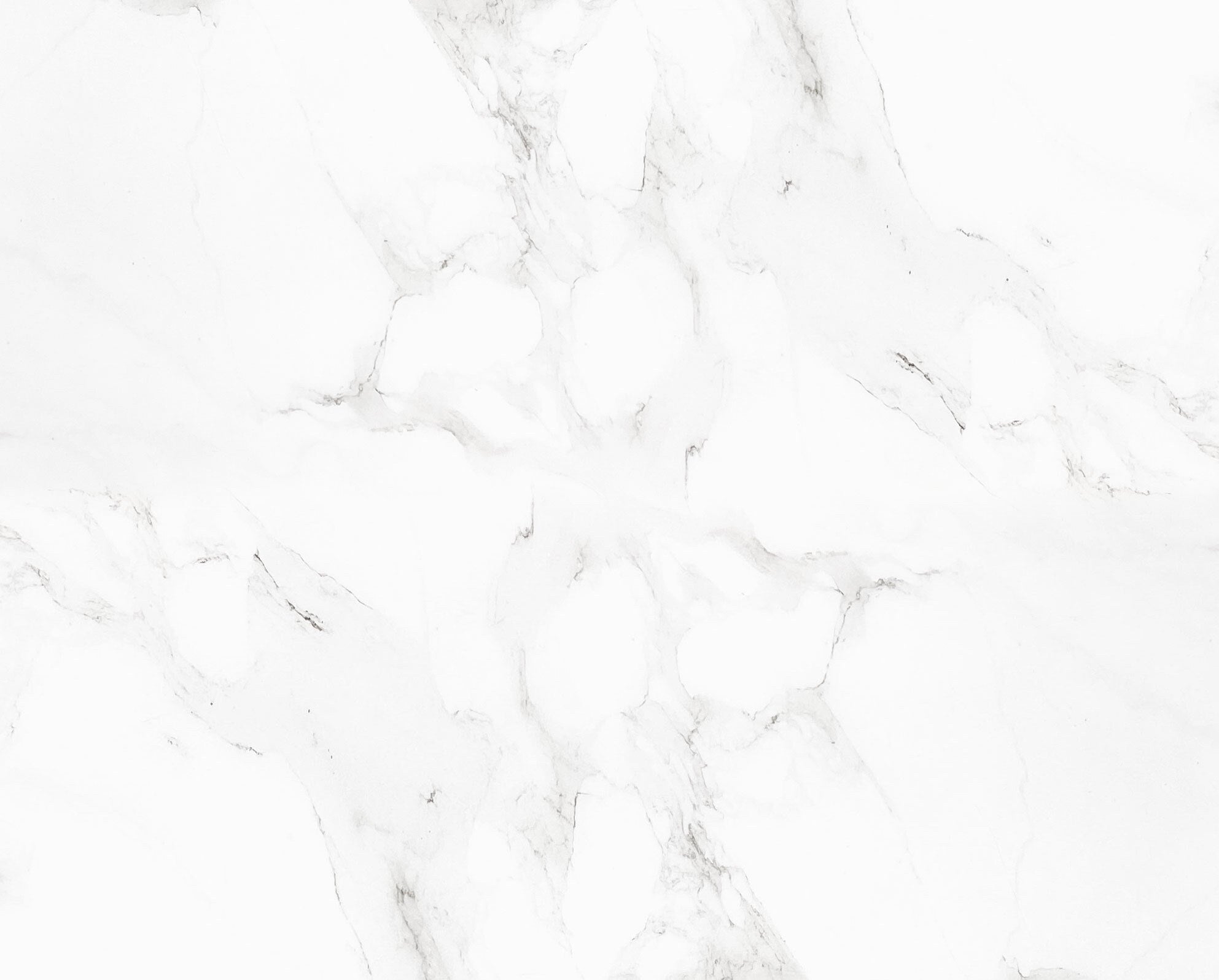
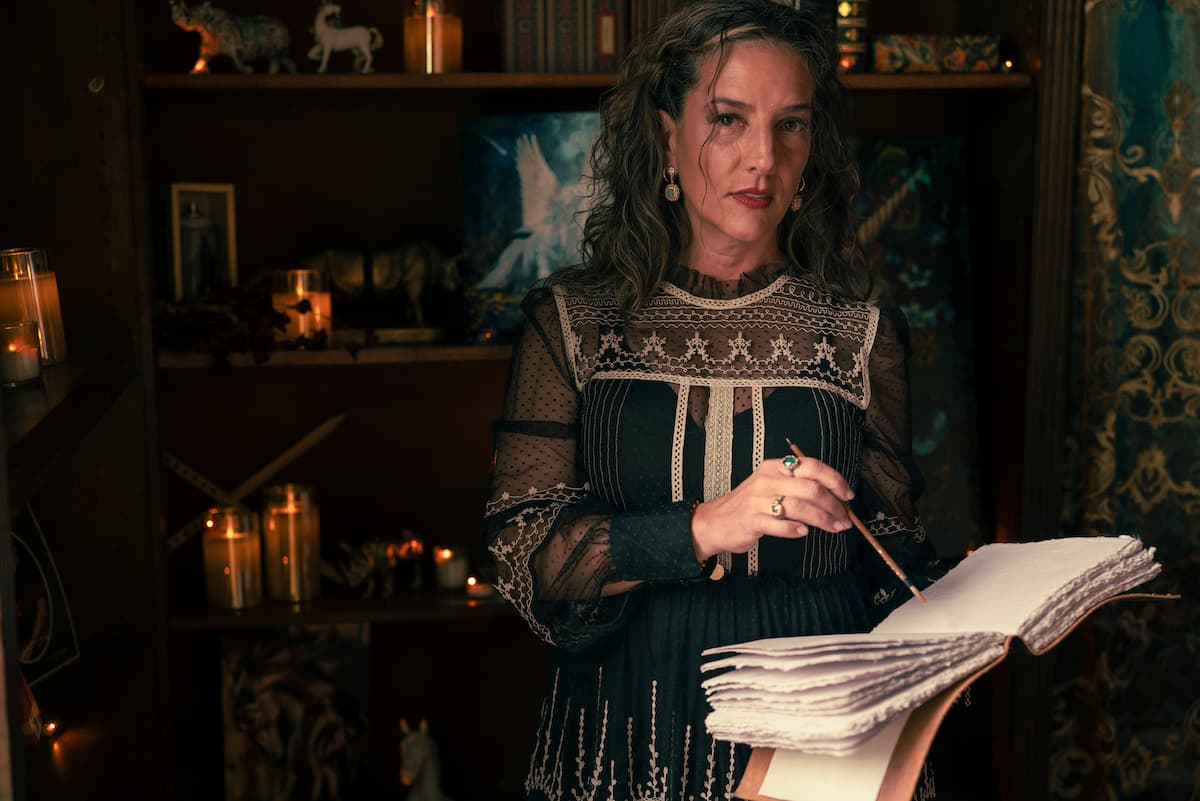
I have a young daughter who has been interested in my art supplies and painting since she could hold a paintbrush. One day, when she was 5 years old, she received a gift of fluorescent paint pens from her grandparents so she could make marks and pen “flicks” on her art “just like Mommy”. She took it upon herself to ignore my warning to wait for me to do it with her outside later. I left her to play while I handled some work, and when I came to check on her, little fluorescent dots and marks colored my entire home. Curtains, windows, floors, furniture. I spent the next couple hours cleaning it all off with isopropyl alcohol. Even though it was a pain to clean up, I didn’t scold her. Instead, it made me realize how much we inspire our children’s creativity as artists and how much they look up to us by watching us. I thought I would be angry, but I actually found it endearing. I admired my daughter’s wild abandon with her marks and splatters, expressing herself without a filter as I cleaned it all off my upholstery and glass. I could see how she tried to emulate what I do in my artwork. It’s the messes that mean everything and inspire us the most to free ourselves. We set our children up for a life of fulfilling creativity by letting them play with art materials the way they do, even if it happens by accident! Thank you for sharing your stories with us, Elli. You’re an inspiration to us all!
———
Elli Milan Art replied:
Hi Amanda! I have anxiety just reading your story!!🤣 wow! I love your outlook and so great you didn’t get upset. Unfortunately, I think I would have lost it! It’s amazing how you are inspiring your daughter and have enough emotional intelligence to not thwart her desire!
My experience with children and art was as a preschool teacher not as an artist. I loved their innate creativity that would be revealed through a jar of finger paint or watercolor or crayons. I really love your stories. They are full of life and visual images that will sometimes emit a full out laugh from me. Keep them coming please!!!
———
Elli Milan Art replied:
Yes!! Children’s creativity is wondrous! It breaks my heart that our school system squelches that as they mature.
Ellie,
Love your stories. Thanks for sharing. Memories of when I taught my kids to paint before they could write. They say it enhances their intelligence and creativity in all aspects of learning and language. Thanks again. You have the most beautiful family inside out.
———
Elli Milan Art replied:
Hi Aruna. That’s amazing! I didn’t know that! I’ll have to tell Dimitra so she can keep working with Zion in the painting department. 🙌🏽
Leave a comment